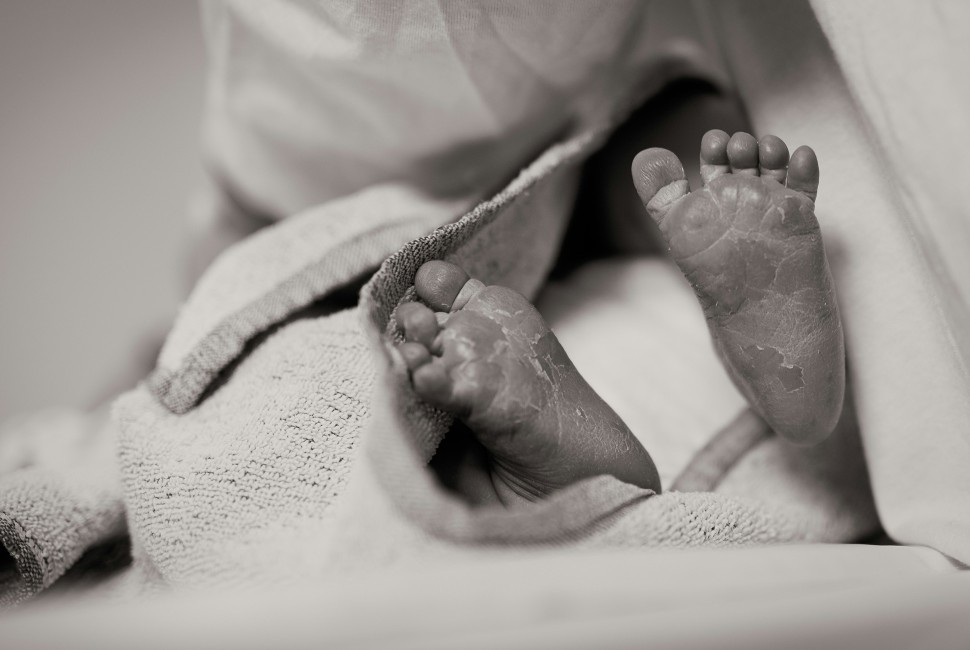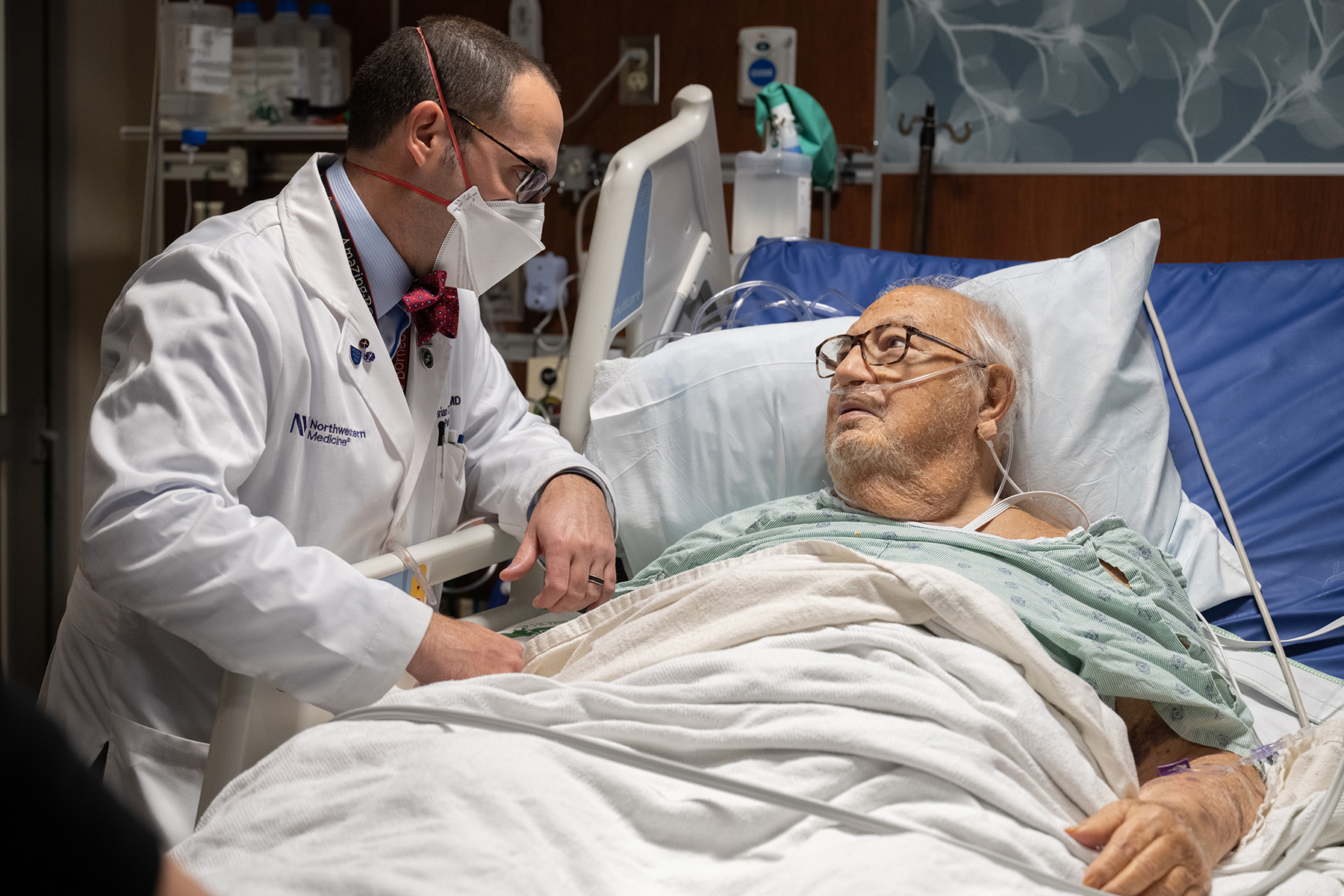
Tiffany Sun, second-year medical student, worked with Joan Guitart, MD, professor in Dermatology and Pathology, to understand the progression of cutaneous T-cell lymphoma.
The Class of 2016 started the academic year off with a unit on dermatology. For Tiffany Sun, a second-year medical student, the research she worked on over the summer gave her the opportunity to put a face to many of the diseases she learned about in class.
Having previously conducted basic science research in immunology, Sun decided to explore a clinical aspect of immunology and dermatology for her Area of Scholarly Concentration, a four-year research project that’s part of the new curriculum.
“With basic science research, I was able to manipulate the biological system to answer research questions, whereas in this clinical study, I had to develop research questions that could be answered by studying a preexisting patient population,” she said. “Basic science research allows for much more freedom in designing experiments, but clinical research allows you to see the immediate implications of the research.”
She chose to work with Joan Guitart, MD, professor in Dermatology and Pathology, to take a closer look at cutaneous T-cell lymphoma (CTCL), a class of non-Hodgkin’s lymphoma, which is a type of cancer of the immune system. CTCL is caused by a mutation of T-cells. These malignant cells migrate to the skin, causing lesions. Sun used T-cell receptors to identify the mutated T-cells, allowing her to study the progression of the disease and response to treatment.
On a typical day, she spent time gathering patient information, deciding if patients qualified for the study, and tracking down results. Since her project was not confined to dermatology, she spent up to several hours each day conferring with Dermatopathology residents and scientists at the Diagnostic Molecular Biology Laboratory at Northwestern Memorial Hospital to get input on how best to interpret and analyze the patient data. Once a week she would participate in Guitart’s Cutaneous T-cell Lymphoma Clinic at Northwestern Memorial Faculty Foundation (NMFF), where she was able to meet many patients with the disease.
Using a cohort of 265 patients from the clinic, she noticed that those with two or more mutations found at two or more sites have more severe disease, require more aggressive treatment, and therefore have a worse prognosis. Based on these observations, Sun continued to work with the Diagnostic Molecular Biology Lab to reexamine the criteria for identifying T-cell mutations. These results could have significant implications for the treatment plan of CTCL patients.
The research and data collection aspect of her project allowed Sun to become familiar with the electronic medical record system used at NMFF. She was also able to apply skills learned through the Medical Decision-Making & Laboratory Medicine thread of the new curriculum during the data interpretation and analysis phase of her project.
“This project was a great way for me to learn about both the clinical and laboratory aspects of a disease,” she said. “I was also able to gain perspective on the importance of the study through the opportunity to meet many CTCL patients.”






